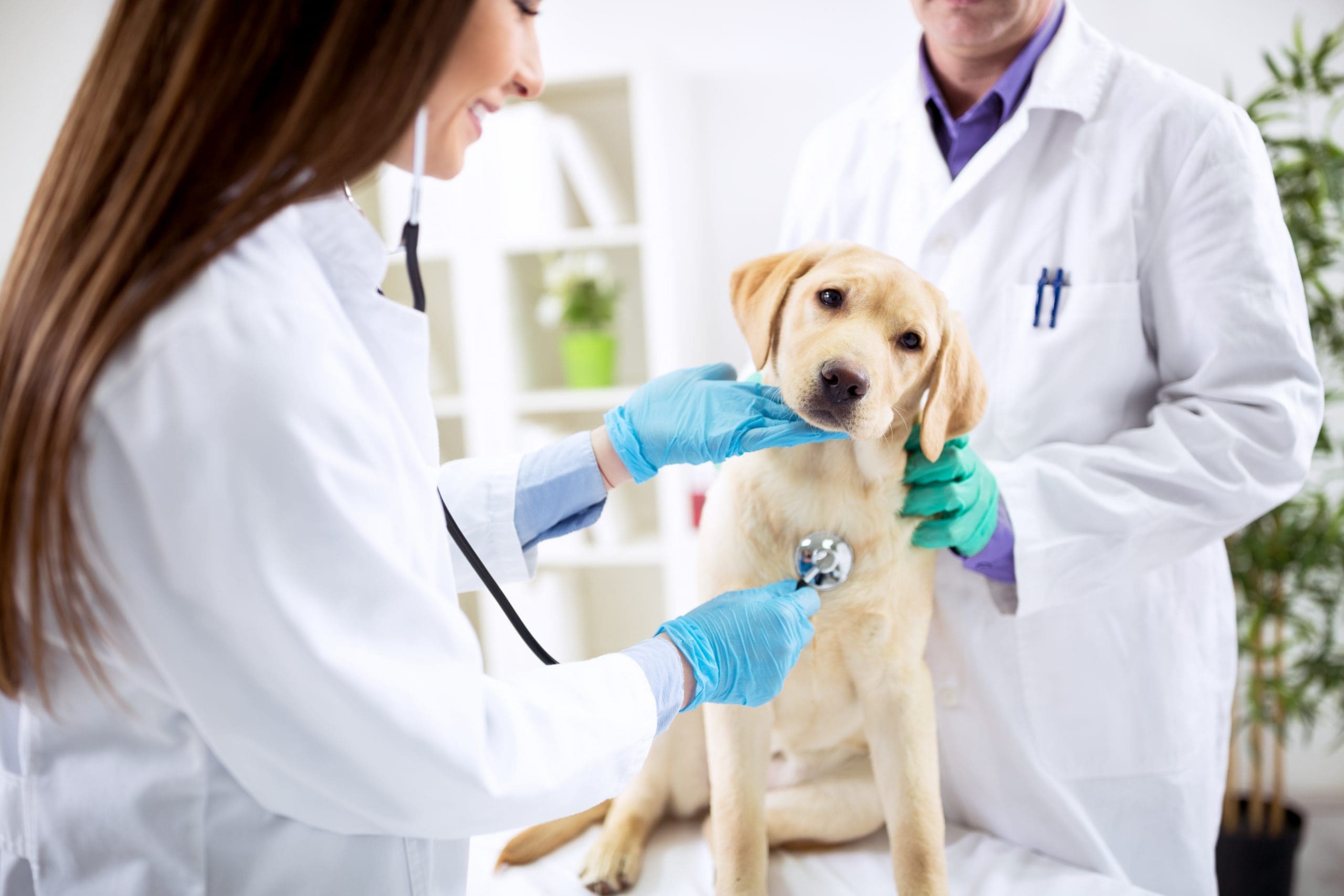 According to the American Veterinary Medical Association (AVMA), safety data sheets (SDS) should be required reading for every professional working in the field of veterinary medicine.
According to the American Veterinary Medical Association (AVMA), safety data sheets (SDS) should be required reading for every professional working in the field of veterinary medicine.
So why aren’t they? The first reason is that SDS (formerly called MSDS) can be confusing to read. Another reason is that sometimes a practice has out-of-date SDSs. Still, another reason is that veterinary professionals get busy and simply forget to consult the SDSs before working with potentially hazardous chemicals to treat a patient.
Luckily, there are some practical steps to take to increase SDS consulting and compliance within a veterinary practice group by taking a look at some things veterinarians teach us about safety data sheets and compliance.
Lesson 1: Veterinarians use a lot of chemicals!
Even a quick glance at the Centers for Disease Control’s (CDC) safety overview web page for veterinarians reveals one fact: veterinarians work with a whopping number of chemicals on a daily basis!
However, to veterinarians working hard to treat or save a pet, it is easy to forget that these products are potentially hazardous chemicals. To a vet, a disinfectant or anesthetic or even basic latex gloves are healing tools. But to the human body, each of these (and many more) are potent substances with health-harming as well as healing properties.
Here is just a short list of the most common chemicals categories most veterinarians, vet techs, interns and students handle in a typical day on the job:
- Cleaning and disinfecting products
- Anesthetics and antispasmodics
- Antibiotics and hormones
- Anti-cancer drugs
- Toxic gases and gaseous by-products
- Pesticides, poisons, and toxins ingested by patients
Keeping up-to-date safety data sheets on hand for quick consultation by vets and aides can alleviate the risk of injury to the skin, eyes, sensitive membranes, lungs, organs and the whole body system as well as alleviate any financial penalties.
Lesson 2: Office staff need more training to reduce risk.
Keeping safety data sheets up-to-date can in itself be a lot of work. Every time a product’s composition changes or research reveals new information about that product, it’s safety data sheet must be updated.
Then, when the vet office receives the updated SDS, there is more work to do.
- First, the staff must review the new SDS against the old SDS to determine if new safety practices should be implemented.
- Next, the old SDS must be archived and replaced with the new SDS. (Under the medical records requirement by OSHA, all SDS versions should be saved for 30 years.)
- Finally, staff must be alerted and (if necessary) trained on the new safety procedures.
With the hectic schedules and “all hands on deck” approach most veterinary practices require to keep up with demand for services, often SDS-related office work gets relegated to the very bottom of the to-do list….at least until a staff member gets injured by improperly handling dangerous chemicals.
Staff working in veterinary medicine can always benefit from additional updates and training on how to quickly scan a SDS to find relevant information and prepare for use accordingly.
Lesson 3: There’s an easier solution to create and manage safety data sheets for vets.
Luckily, the new breed of SDS has gone digital, and with this shift, a whole new range of management tools has been created to support increased chemical handling safety.
Now, busy vets and vet techs can access pertinent safety data sheets information digitally from any smart device. Digital tools can be customized or even authored from scratch to highlight relevant information, such as which type of protective clothing and equipment is required for handling that chemical.
Global Safety Management specializes in supporting veterinary industry professionals with customized, current tools to make authoring and consulting safety data sheets simple and streamlined. The payoff of using GSM’s proprietary software allows for improved practice safety for every member of the veterinary team and full compliance with current safety standards issued by Occupational Safety and Health Administration (OSHA).


